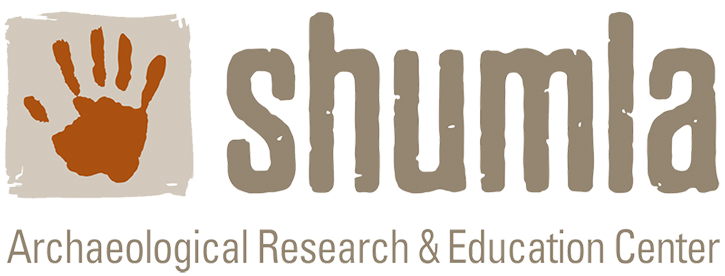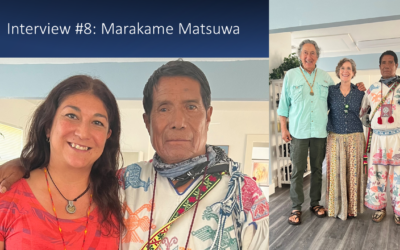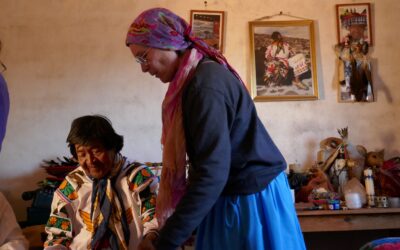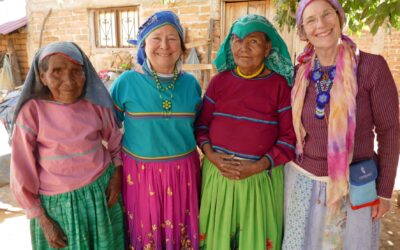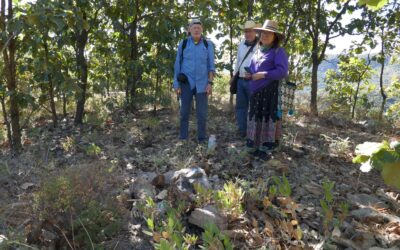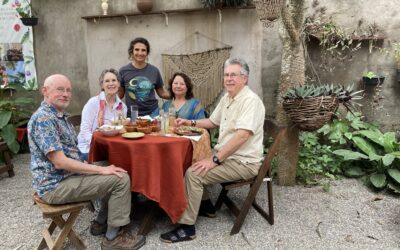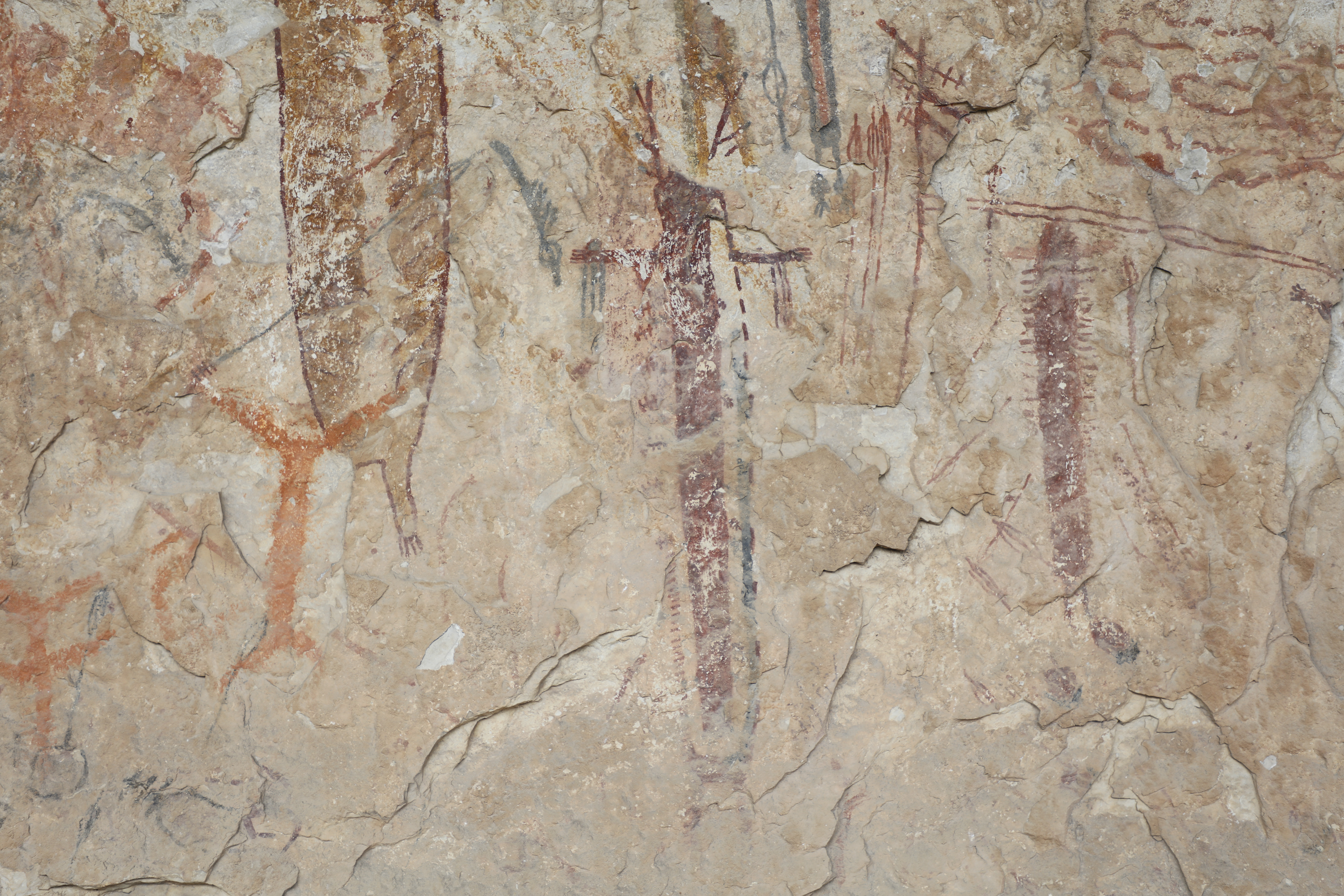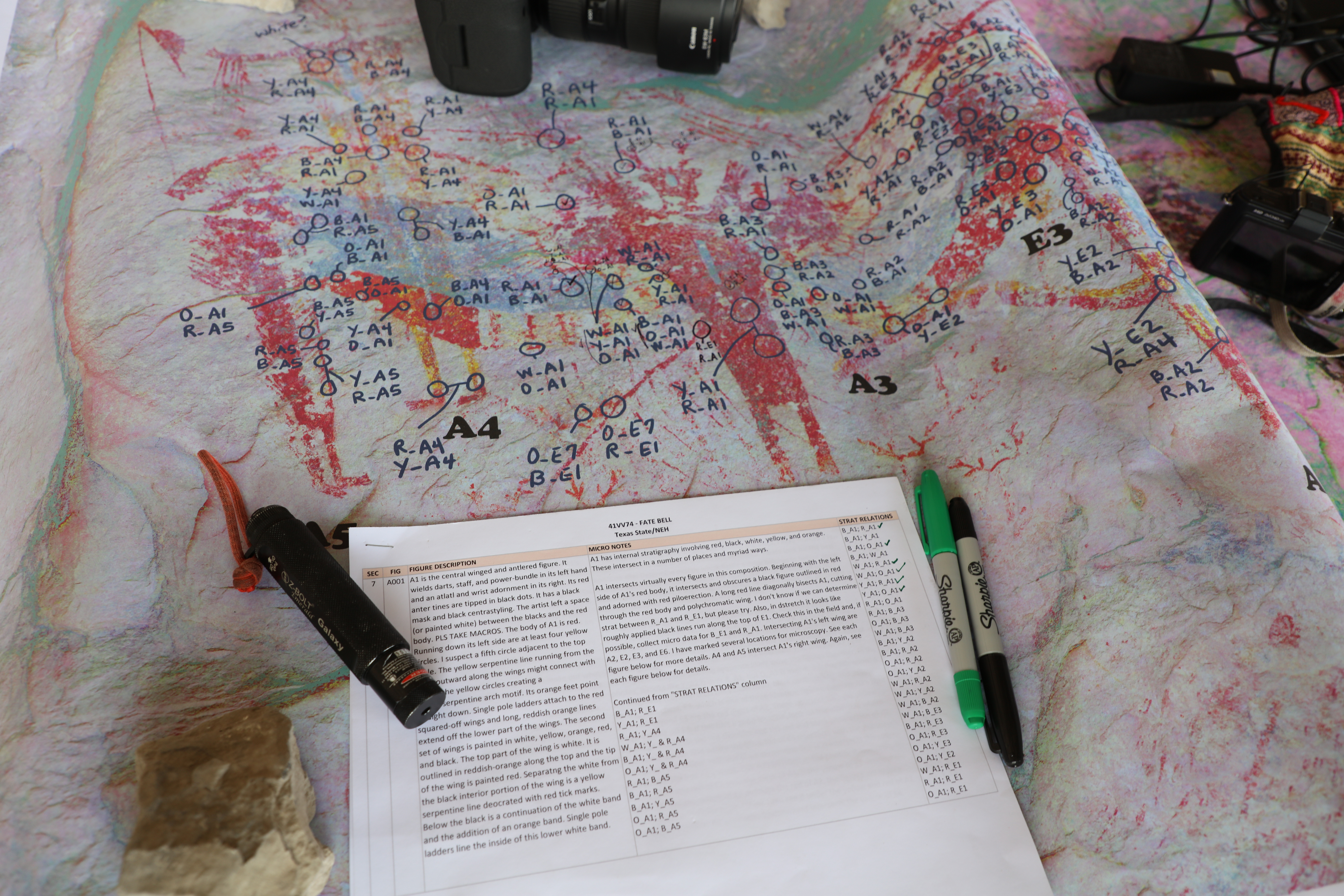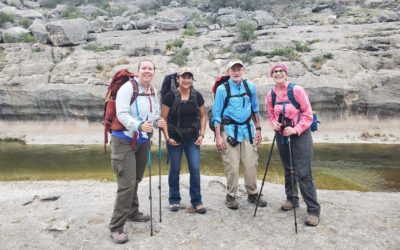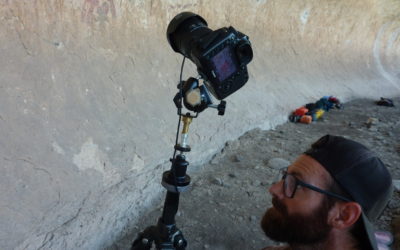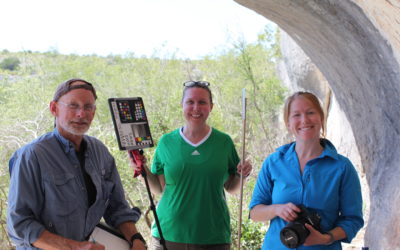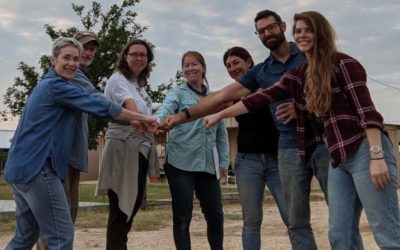Hearthstone Project
A project anchored in science, art and indigenous knowledge.
The Hearthstone Project field and lab work was completed in 2024. However, the most important step of all — analysis and write-up of all that was learned — is on-going. Check out the blogs below and the Hearthstone Project Results videos on our Presentations page and YouTube Channel to learn about the project and it’s exciting results thus far.
Background: Built on the results of the Alexandria Project and endorsed by the most prestigious national granting agencies in our field (NEH and NSF), this interdisciplinary and collaborative project with Texas State University is revealing the mysteries of when and how the paintings were produced and what they were created to communicate.
Processing and Organizing the Data
The contrast between field work and lab work is often striking, and our experience in Mexico is no exception. We left the spontaneous and unpredictable fieldwork conducted in the wide-open spaces of the sierras to begin our deliberate and meticulous lab work, stuck in front of a computer for hours on end.
The Hearthstone/National Endowment for the Humanities Interviews
In 2016, Carolyn Boyd and Kim Cox suggested that Pecos River style (PRS) murals are visual narratives containing evidence of el nucleo duro (the hard nucleus), a widespread Archaic core of beliefs persisting across time and across cultural, linguistic, and geographic boundaries. If this is true, then Indigenous people living today should be able to relate PRS imagery to their cosmology. In 2021, Carolyn was awarded a National Endowment for the Humanities (NEH) grant through her position at Texas State University to test this hypothesis and Shumla received a subaward as part of this collaborative grant.
Ethnographic Fieldwork in San Andrés Cohamiata, Mexico (Part Three)
Part three of Carolyn Boyd and Phil Dering’s Mexico experience, as part of Shumla’s Hearthstone Project, describes their time at the rancho on the mesa at the edge of San Andrés and our trip out of the sierras.
Ethnographic Fieldwork in San Andrés Cohamiata, Mexico (Part Two)
Part two of Carolyn Boyd and Phil Dering’s Mexico experience, as part of Shumla’s Hearthstone Project, gives an account of our experience at a rancho the barrancas.
Ethnographic Fieldwork in San Andrés Cohamiata, Mexico (Part One)
Part one of Carolyn Boyd and Phil Dering’s Mexico experience, as part of Shumla’s Hearthstone Project, provides background to our project and describes the first few days in Mexico and in San Andrés Cohamiata.
In the Lab: Determining Paint Stratigraphy
In ancient societies, the process of producing art carried as much meaning as the finished product. This is why we seek to discover how the Pecos River style murals were painted.
Fate Bell
Fate Bell is a massive rockshelter in Seminole Canyon State Park and Historical Site. Our field work focused on a famous set of well-preserved images at the southern end of the shelter, commonly called “The Triad”.
Painted Canyon
Painted Canyon houses two spectacular rock art sites, Jackrabbit and Jaguar shelters. The mural in Jaguar shelter is the oldest we have yet radiocarbon dated in the region. It may contain the oldest securely dated pictographs in North America. We are conducting additional research as part of the field work described in this blog to confirm our findings.
In the Field at Halo Shelter
In this installment we take you with us into the field. Join us in Halo Shelter! We’ll share a couple of tricks of the trade and some unexpected findings that resulted from our 14 days in front of this incredible panel.
Our Research Plans
Is Pecos River Style mural art a surviving manifestation of core beliefs that formed the basis for later Aztec, Toltec, and Olmec religions? If this is true, then regardless of group affiliation, any person with a working knowledge of the transcendent myths informing the art could read the murals.
Introducing the Hearthstone Project
The Hearthstone Project is a collaboration between Texas State University and Shumla Archaeological Research and Education Center. The project is anchored in both science and the humanities, combining two research and preservation efforts, both partially funded by the...
eNews Archive
View our archive of eNewsletters and see what we’ve been up to!
Give to Shumla
Support Shumla Interns!
